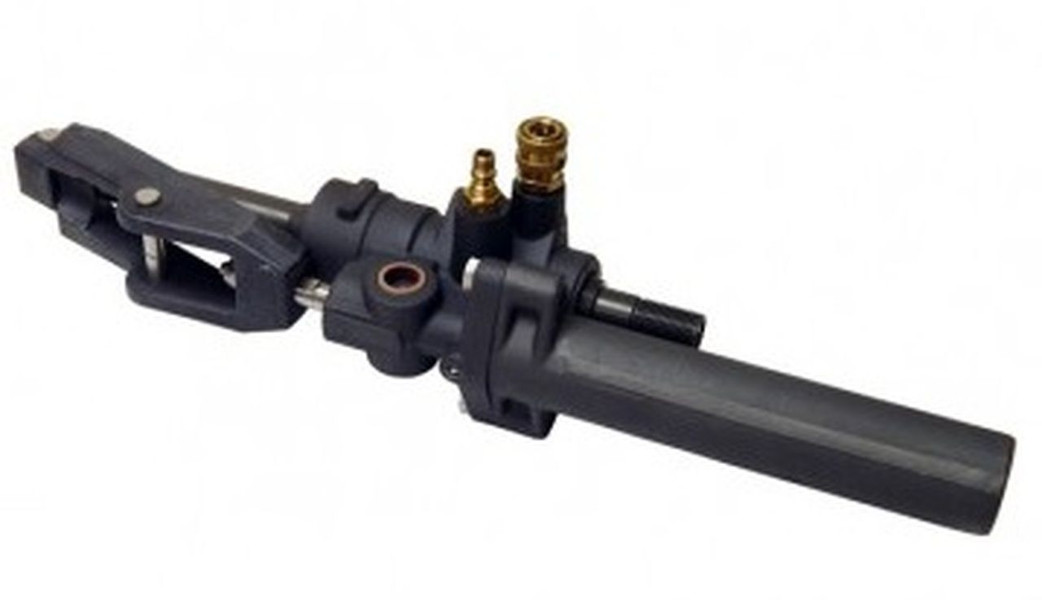Has anyone put a dash rudder position indicator on a Mercruiser Alpha One, Gen 2 outdrive? This Davis doohickey on my helm is not reliable. The provocatively named Bang-good company sold me one for $40. Swede and a Boat uses a vertical sheet metal arm under a bolt dropped into a clevis pin hole but I have my doubts as to its hardening and precision. Someone must have solved this mechanical problem other than Mercruiser with their newer offerings. I'm thinking a horizontal mounting of the pot on a a thick sheet metal plate between the clevis pins with the actuator rod engaged by a fitting on the transom mounting bolts. A sliding fitting on the pot's shaft is already provided.
![Image]()



![20211002_172600[1].jpg](/d1/attachments/80/80865-ee816286acf1cf5b8ba7d113e24122b8.jpg)
![20211002_172600[1].jpg](/d1/attachments/80/80887-ee816286acf1cf5b8ba7d113e24122b8.jpg)



